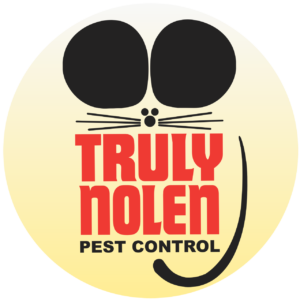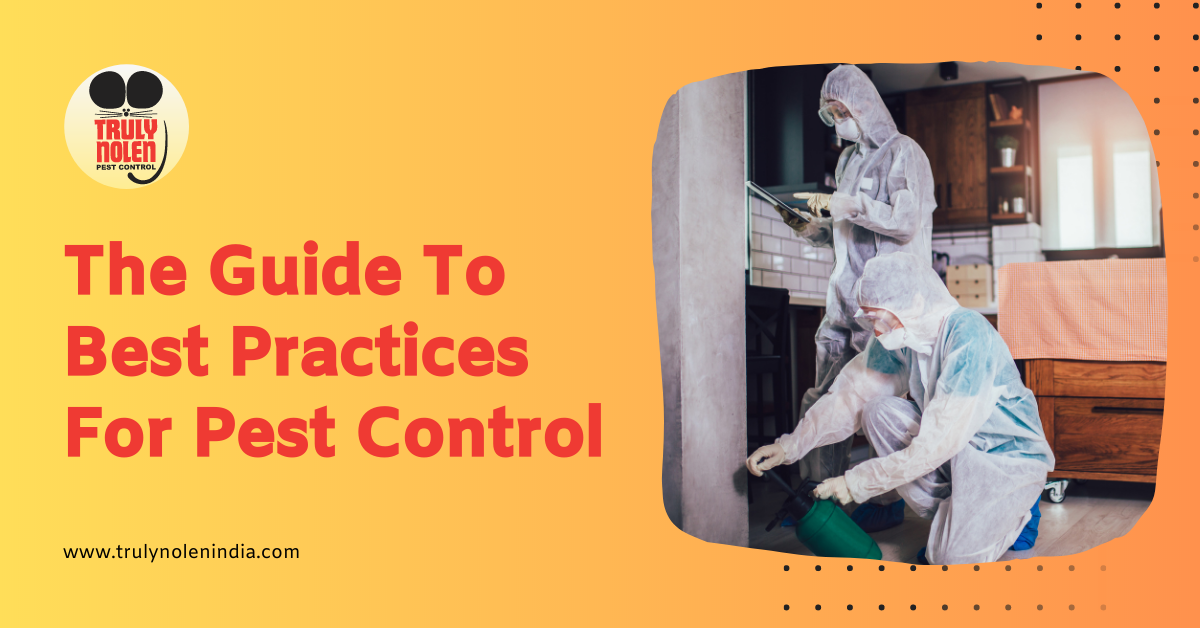Pest infestations can cause significant problems for homeowners and businesses alike. Whether it’s insects, rodents, or other unwanted critters, pests can damage property, spread diseases, and create an uncomfortable living or working environment.
Dealing with pests can be a frustrating challenge, but fear not! With the right knowledge and approach, you can effectively manage and prevent infestations.
In this blog, we will explore the best practices for pest control that can help you combat infestations and ensure a safe environment.
Understanding Pest Behavior
To control pests effectively, it’s crucial to understand their habits and preferences. By knowing why pests are attracted to certain places and what drives their actions, you can take proactive measures to deter them.
Common Signs of Pest Infestation

Here are some common signs that pests have invaded your home or business:
Physical Damage
Look for gnaw marks, chewed wires, holes in walls or furniture, and shredded materials. These can indicate rodents, termites, or other destructive pests.
Droppings and Stains
Pest droppings like rodent feces or cockroach droppings are clear signs of infestation. Urine stains may also suggest the presence of rats or mice.
Nests or Hives
Finding nests, beehives, or wasp nests on your property means you have stinging insects around. Be cautious and consider professional help.
Unusual Odours
Foul or musty odours may suggest the presence of pests like mold caused by excess moisture or decomposing rodents.
Pest Sightings
Regularly spotting pests during the day could mean a significant infestation. Take action promptly to prevent the problem from getting worse.
Pest Tracks and Trails
Observe for tracks, trails, or smudges along walls, floors, or surfaces, indicating pest movement.
Best Practices For Pest Control

Here are some of the best practices for pest control to follow:
Identify and Understand Common Pests
The first step in effective pest control is identifying the pests you’re dealing with. Research common pests in your area and learn about their habits, life cycles, and preferred environments.
Understanding their behavior will help you develop targeted strategies to keep them away.
Maintain Cleanliness and Hygiene
Maintaining cleanliness and proper hygiene practices is vital in pest control. Here are some additional measures to consider:
a) Proper food storage: Store food in tightly sealed containers and promptly clean up spills or crumbs to eliminate food sources that attract pests.
b) Trash management: Use sealed garbage bins, empty them regularly, and keep outdoor bins away from buildings to discourage pests.
c) Pet care: Maintain cleanliness and hygiene for your pets. Regularly clean their bedding, litter boxes, and feeding areas to prevent attracting pests.
d) Indoor and outdoor cleaning: Regularly vacuum, sweep, and mop floors, paying special attention to hard-to-reach areas. Trim vegetation near buildings and remove debris from outdoor spaces to minimize pest harborage.
Seal Entry Points
Pests can enter through small cracks and openings. Inspect your property for potential entry points and seal them off. Use caulk to seal gaps around windows, doors, pipes, and vents.
Install door sweeps and repair damaged screens to prevent insects from getting in. These measures will strengthen your defense against pests.
Natural Pest Repellents
If you prefer eco-friendly pest control options, consider using natural repellents. Some plants like lavender, mint, tulsi, and marigold emit scents that repel insects.
You can plant them in your garden or keep potted versions indoors. Essential oils like citronella, tea tree, and peppermint can also be diluted and used as sprays to deter pests.
Integrated Pest Management (IPM)
Integrated Pest Management is a holistic approach to pest control that focuses on long-term prevention and minimizes the use of chemicals. It combines various strategies to manage pests while reducing environmental impact effectively.
Key components of IPM include:
a) Inspection and monitoring: Regularly inspect your property for signs of pest activity and implement monitoring systems to detect early infestations.
b) Pest identification: To determine the most appropriate control methods, identify pests accurately.
c) Cultural control: Modify the environment to discourage pest activity, such as removing clutter or improving ventilation.
d) Biological control: Introduce natural predators or parasites to control pest populations, such as using beneficial insects or nematodes.
e) Mechanical control: Use physical methods like trapping, barriers, or exclusion techniques to prevent pests from entering or accessing certain areas.
f) Chemical control: As a last resort, use pesticides selectively and responsibly, following label instructions and considering their potential risks.
Regular Inspections
Perform routine inspections of your property to catch pest problems early. Check for signs of pest activity like droppings, damage to structures or furniture, and unusual odors.
Pay special attention to hidden areas like basements, attics, and crawl spaces. Identifying issues early allows you to address them before they become major infestations.
Proper Waste Management
Effective waste management plays a significant role in pest control. Keep trash in sealed containers and dispose of it regularly. If you have a garden, follow proper composting practices to manage organic waste without attracting pests.
Encourage your community to maintain cleanliness and manage waste appropriately to minimize pest problems together.
Seek Professional Help
In some cases, pest problems may require professional pest control services. If you’re facing a severe infestation or struggling to get rid of pests on your own, don’t hesitate to seek professional assistance.
Pest control experts have the knowledge, tools, and experience to handle various pest situations effectively and safely.
Takeaway
By following these best practices for pest control, you can create a healthier and more comfortable environment, free from the nuisances and potential health risks associated with pests. Remember, prevention is key, so stay vigilant, keep things clean, and address pest issues promptly. With the right approach, you’ll enjoy a safe space.
Truly Pest Solution Is Your Best Choice For Pest Control!

When it comes to best practices for pest control, Truly Pest Solution is the top-notch provider you can rely on, without breaking the bank.
We offer tailored solutions to address your specific pest control needs. We understand that every situation is unique, and we’re here to provide personalized solutions just for you. Our pest control methods are hassle-free, eco friendly and affordable.
We’re ready to assist you with all your pest control needs!


Leave a Reply